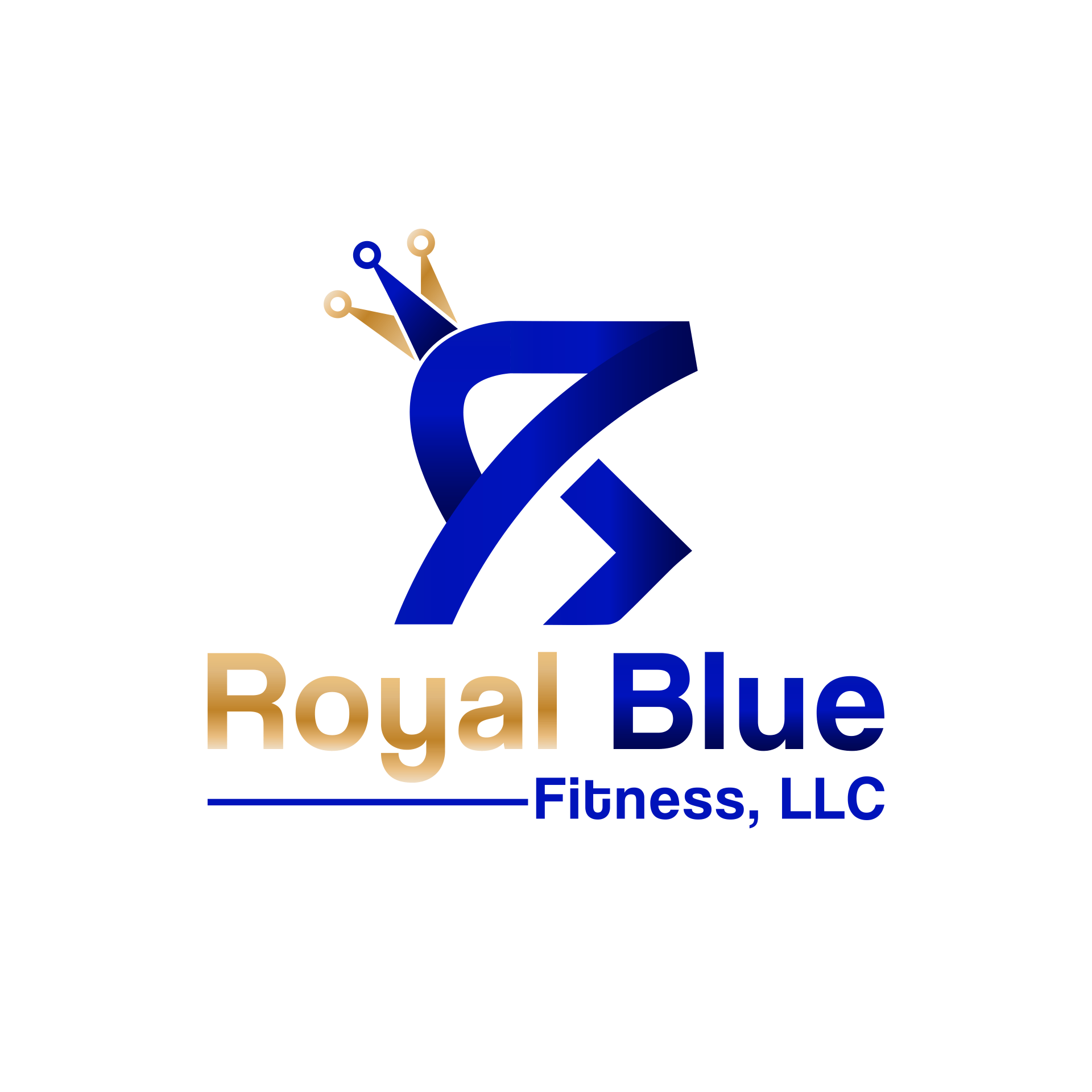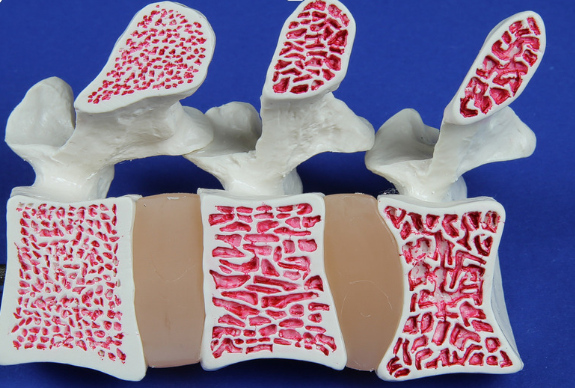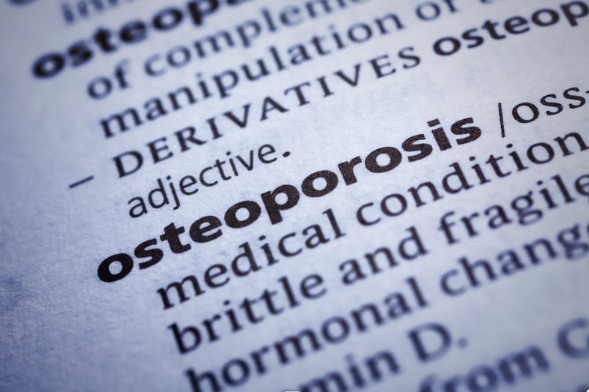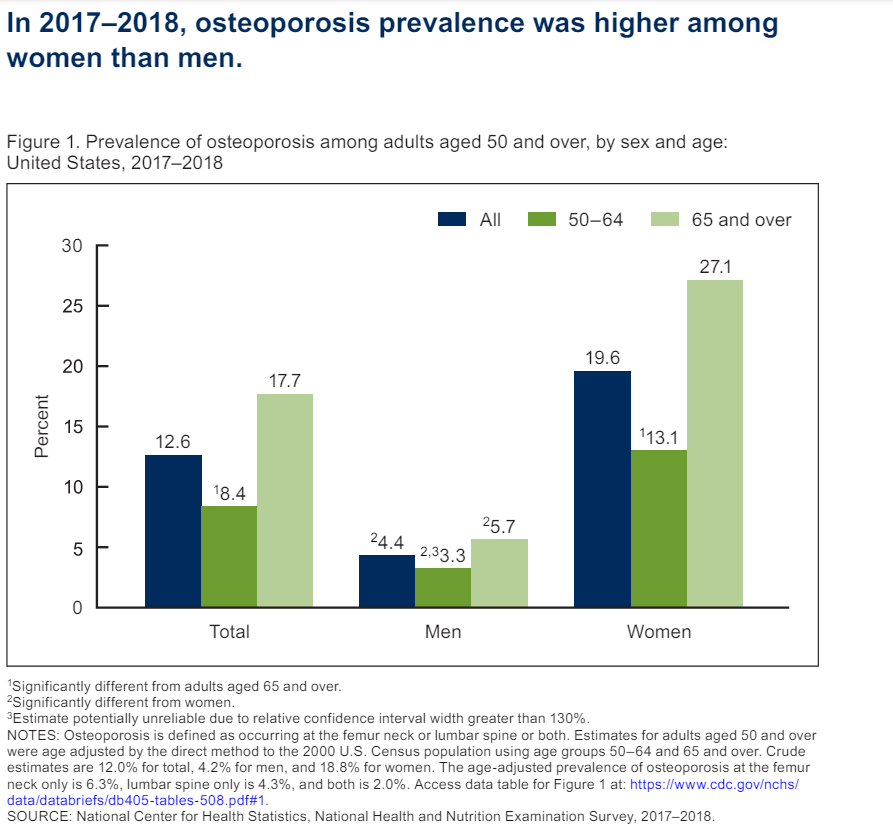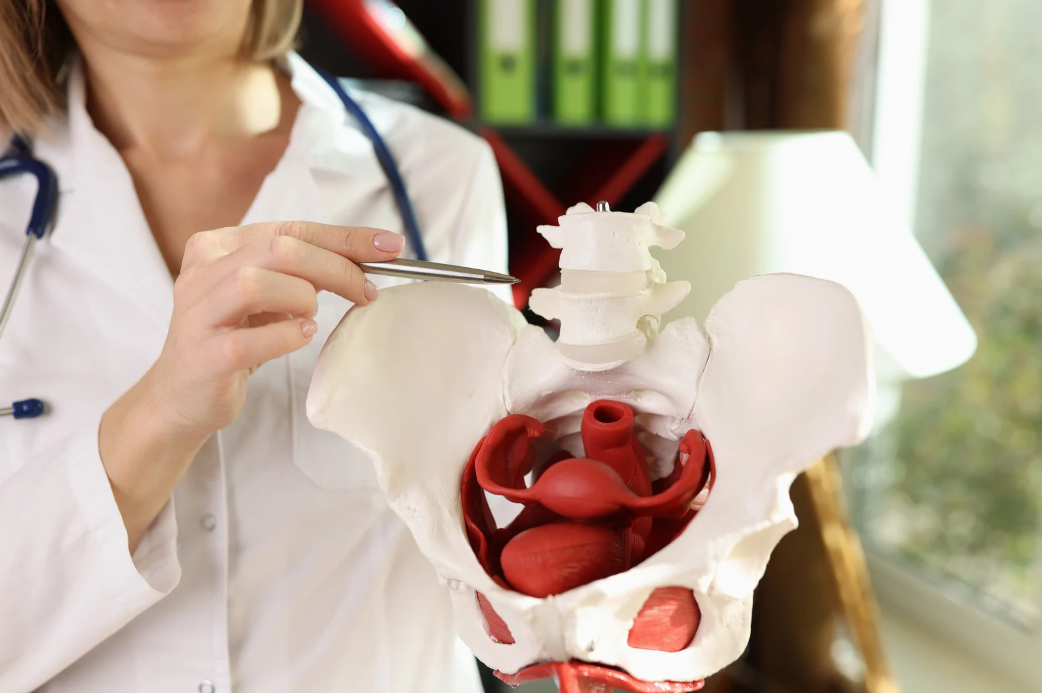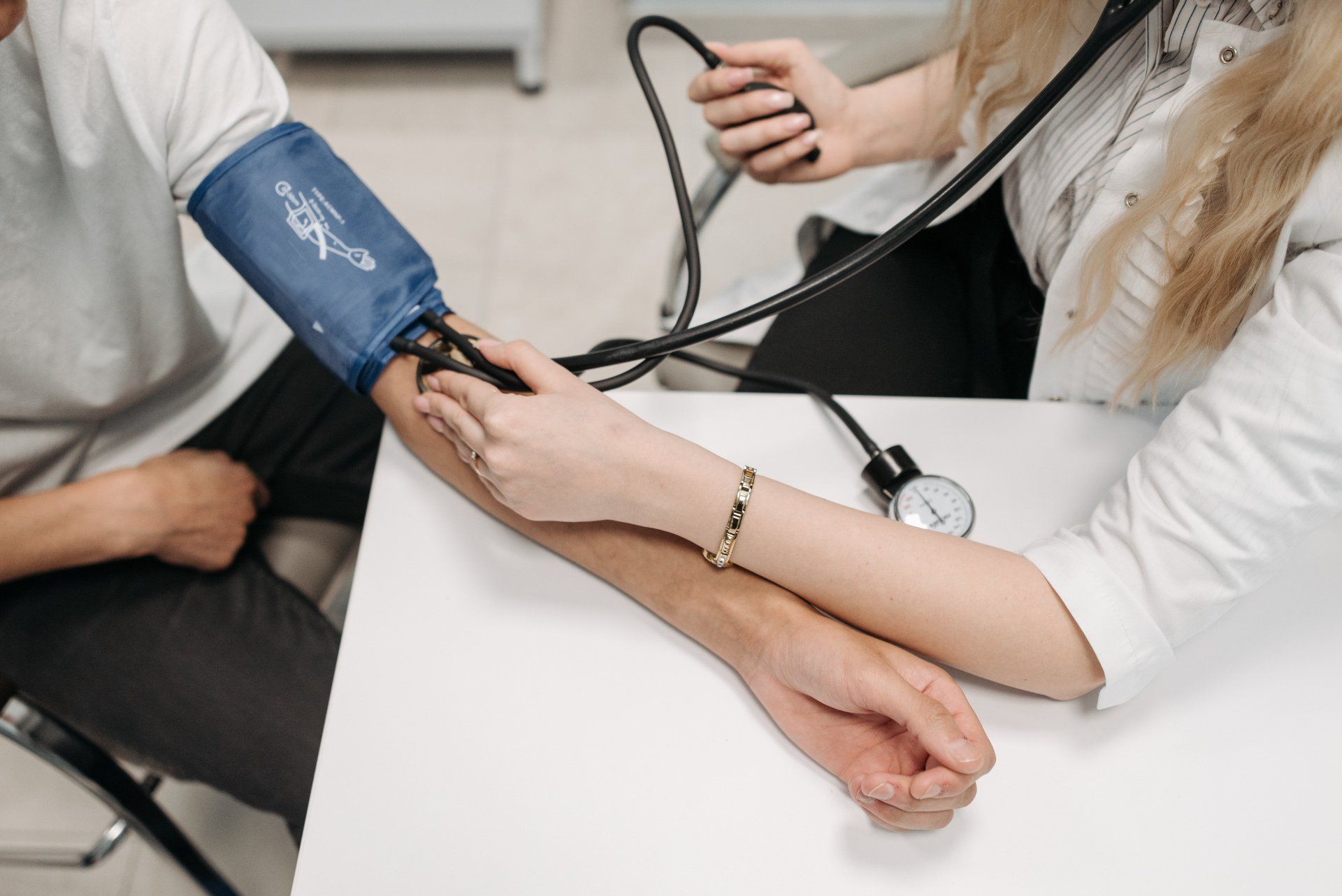Introduction
Understanding Osteoporosis
Definition and Overview
Osteoporosis is a medical condition characterized by weakened bones that become fragile and more likely to fracture. This weakening is due to decreased bone mass and density, making the bones less robust and more porous. "osteoporosis" literally means "porous bone," reflecting the condition's nature, where bone tissue loses density and structural integrity. This reduction in bone strength significantly increases the risk of fractures, particularly in the hip, spine, and wrist, which can have severe consequences for an individual's health and mobility.
Bone Density Decline
Bone density naturally decreases with age, a process that starts gradually but can significantly impact health over time. During the early stages of life, the body creates new bone faster than it breaks down old bone, increasing bone mass. Typically, peak bone mass is reached by the late twenties. After this peak, the balance shifts, and bone resorption (breakdown) begins to outpace bone formation. This age-related decline in bone density is a natural part of aging. Still, when it occurs rapidly or excessively, it leads to osteoporosis, making bones weak and susceptible to fractures.
Risk Factors
Several risk factors contribute to the development of osteoporosis. Age is a primary factor; the older you get, the higher your risk. Gender plays a significant role, with women being more prone to osteoporosis than men, particularly after menopause, due to the decrease in estrogen. This hormone helps protect bone density. A family history of osteoporosis or fractures can also increase risk, suggesting a genetic component to bone density and strength. Lifestyle choices such as smoking, excessive alcohol consumption, lack of physical activity, and poor nutrition (especially low calcium and vitamin D intake) are known to contribute to bone loss. Additionally, certain medical conditions like rheumatoid arthritis, thyroid issues, and medications, particularly long-term use of steroids, can accelerate bone density loss.
Demographics Affected
The Importance Of Bone Health
Consequences of Ignored Bone Health
Maintaining bone health is crucial for a person's overall well-being and functionality, especially as they age. Ignoring bone health can lead to severe consequences that significantly affect one's quality of life. The most direct outcome of neglected bone health is an increased risk of fractures, which can occur even from minor falls or accidents when bone density is low. These fractures, especially in critical areas like the hip, spine, and wrist, can lead to chronic pain, reduced mobility, and, in some cases, permanent disability. Moreover, for older adults, the aftermath of such fractures can be particularly debilitating, often leading to decreased independence and an increased need for long-term care. The psychological impact of fear of falling and reduced confidence in daily activities can also lead to social isolation and a diminished quality of life
Monitoring Bone Density
To prevent the severe outcomes associated with poor bone health, regular monitoring of bone density is vital. Bone density tests, often referred to as DEXA scans (Dual-Energy X-ray Absorptiometry), are crucial in assessing the strength and density of bones. These tests provide essential information that helps in the early detection of osteoporosis, even before fractures occur. By identifying decreases in bone density early, individuals and healthcare providers can implement strategies to slow or reverse bone loss through lifestyle changes, diet, exercise, or medication. Regular bone density monitoring is particularly recommended for women over the age of 65 and men over the age of 70, as well as younger individuals who have risk factors for bone loss. Through these tests, the risk of osteoporosis can be managed proactively, allowing individuals to maintain better bone health and prevent the severe consequences associated with bone density decline.
Regular Physician Check-ups
Regular visits to a physician for check-ups on bone health are a vital part of managing and understanding one's risk for osteoporosis. It's natural to feel apprehensive about medical consultations. Still, it's crucial to recognize that these check-ups are a proactive step toward maintaining health and independence. Physicians can offer guidance, support, and treatments that can significantly enhance quality of life and prevent complications. It's also important to dispel myths and fears about visiting the doctor; medical professionals are there to help and support patients, not to intimidate them. Regular check-ups provide an opportunity to ask questions, get clear information, and take control of one's health in a positive, informed manner. Being proactive about health care, especially in the context of osteoporosis, can lead to early detection and more effective management of the condition, ensuring a better outcome for individuals concerned about their bone health.
How Exercise Can Combat Osteoporosis
Exercise Benefits
We've discussed that the most direct outcome of neglected bone health is an increased risk of fractures. Here, we delve into the many benefits exercise can provide in this context. Regular engagement in weight-bearing and strength-training activities is crucial for slowing down or even reversing bone density loss. These types of exercises apply necessary stress to the bones, stimulating them to increase in mass and density, thus counteracting the weakening effects of osteoporosis. Beyond enhancing bone strength, exercise improves muscle strength, coordination, and balance, reducing the likelihood of falls and the fractures that can result from them.
Training Frequencies and Osteoporosis Impact
The frequency of exercise plays a significant role in managing and preventing osteoporosis. For bone health, a consistent routine that includes exercises several times a week is most effective. Ideally, engaging in weight-bearing or strength-training activities at least three to four times per week can help maintain bone density and strength. The key is regularity and progression, as bones respond to the ongoing stimulus of exercise by gradually increasing in strength and density.
Recommended Exercises
To support bone health effectively, consider incorporating the following exercises into your routine:
- Walking: This weight-bearing exercise strengthens the bones in your legs, hips, and lower spine by making your body work against gravity.
- Weight Lifting: Builds bone density and muscle strength, providing essential support to bone structures.
- Resistance Band Workouts: Offers a way to stress the bones and muscles, encouraging bone growth without heavy weights.
- Flexibility Training: Increases joint range of motion and reduces the risk of injuries, indirectly supporting bone health by facilitating safer, more effective exercise sessions.
- Pilates: Focuses on core strength, flexibility, and overall body alignment, promoting good posture and balance, which are vital for preventing falls and fractures.
Creating a Positive Exercise Journey
Starting an exercise routine can begin with just a few minutes each day, taking small steps to incorporate physical activity into your life. Gradually, these minutes can extend into a comprehensive routine that becomes an integral part of your lifestyle, naturally supporting bone health and overall well-being. This gradual approach allows the body to adapt safely, reducing the risk of injury while steadily improving bone density and strength. Over time, regular exercise can become a natural and enjoyable part of your daily routine, contributing significantly to managing and preventing osteoporosis.
The Role of Nutrition in Bone Health
Calcium and Vitamin D
Calcium and vitamin D are pivotal in maintaining bone health, acting as the building blocks for strong bones. Calcium is the primary mineral found in bones and is essential for their strength and structure. Vitamin D, on the other hand, is crucial because it helps the body absorb calcium more effectively. According to the National Institutes of Health (NIH), adults typically need about 1,000 milligrams of calcium per day, a number that increases to 1,200 milligrams for women over 50 and men over 70. As for vitamin D, the NIH recommends a daily intake of 600 international units (IU) for most adults, increasing to 800 IU for individuals over the age of 70.
To ensure adequate intake of these nutrients, incorporating certain foods into your diet is essential. For calcium, dairy products like milk, cheese, and yogurt are excellent sources. Plant-based options include broccoli, kale, and fortified foods like orange juice and plant milks. For vitamin D, sunlight is a natural source, but dietary sources are also important, especially in regions with limited sun exposure. Foods rich in vitamin D include fatty fish like salmon and tuna, egg yolks, and fortified foods such as cereals and milk alternatives.
Dietary Recommendations
Eating a balanced diet that includes a variety of nutrients is key to bone health. In addition to calcium and vitamin D, other nutrients like magnesium, potassium, and vitamins K and C play significant roles in maintaining bone density and overall bone health. Foods such as leafy green vegetables, nuts, seeds, and fruits are excellent sources of these essential nutrients.
The NIH suggests focusing on a diet that includes a variety of fruits, vegetables, lean proteins, and whole grains to provide a comprehensive nutrient profile that supports bone health. Limiting intake of salt, caffeine, and alcohol can also be beneficial, as these can contribute to calcium loss or interfere with the body's ability to absorb calcium.
For individuals with dietary restrictions or those who find it challenging to get enough of these nutrients from food alone, supplements may be an option. However, it's important to consult with a healthcare provider before starting any supplement regimen, as excessive intake of certain nutrients like calcium and vitamin D can have adverse effects.
Royal Blue Fitness: Your Ally In Bone Health
Customized Exercise Programs
At Royal Blue Fitness, we specialize in developing personalized exercise plans tailored to meet the individual needs of our clients, with a particular focus on enhancing bone density and preventing osteoporosis. We understand that each person's journey with bone health is unique and influenced by factors such as age, medical history, and current physical condition. Our approach involves a thorough assessment to determine the most effective and safe exercises for each client, ensuring that the workout plan not only targets bone strengthening but also aligns with their overall fitness goals.
Our customized programs integrate weight-bearing and strength-training exercises, which are crucial for bone health, with flexibility and balance training to create a holistic workout regime. This comprehensive approach aims to improve bone density and enhance overall physical function and well-being, helping to prevent falls and fractures often associated with osteoporosis.
Expert Guidance and Support
The team at Royal Blue Fitness comprises skilled trainers with extensive experience in guiding clients through safe and effective exercise routines tailored to improve bone health. Our experts are adept at designing workouts that maximize the benefits of bone strengthening while ensuring the safety and comfort of our clients. We have worked with hundreds of clients, helping them navigate the challenges of osteoporosis and improve their quality of life.
Our trainers are passionate about supporting clients every step of the way, offering motivation, education, and the encouragement needed to maintain a consistent exercise regimen. We pride ourselves on creating a supportive environment where clients feel empowered to take control of their bone health and overall physical fitness.
At Royal Blue Fitness, we are committed to being a steadfast ally in your journey to better bone health. We cherish the opportunity to work with individuals who need support managing osteoporosis, and we are dedicated to providing the expert guidance and personalized care required to make each client's fitness journey successful and fulfilling.
Resources
To learn more about osteoporosis and how to manage or prevent it, consider exploring the following reliable sources:
- National Institutes of Health (NIH): Offers comprehensive information on osteoporosis, including details on prevention, risk factors, and treatment options.
NIH Osteoporosis Resources
- Centers for Disease Control and Prevention (CDC): Provides statistics, guidelines, and educational materials on osteoporosis and bone health.
CDC Osteoporosis Page
- International Osteoporosis Foundation: A global resource for news, research, and resources related to osteoporosis, including prevention and management strategies.
International Osteoporosis Foundation Website
- Bone Health and Osteoporosis Foundation (formerly National Osteoporosis Foundation): Offers patient-focused information, including prevention tips, treatment options, and support resources for those with osteoporosis.
Bone Health and Osteoporosis Foundation
- World Health Organization (WHO): Provides global guidance on osteoporosis, including data on prevalence, risk factors, and prevention strategies.
WHO Osteoporosis
- Mayo Clinic: Offers detailed medical information on the diagnosis, treatment, and management of osteoporosis, as well as tips for living with the condition.
Mayo Clinic
Osteoporosis Page
These resources can provide valuable information and support for individuals seeking to understand osteoporosis better and take proactive steps in managing their bone health.
